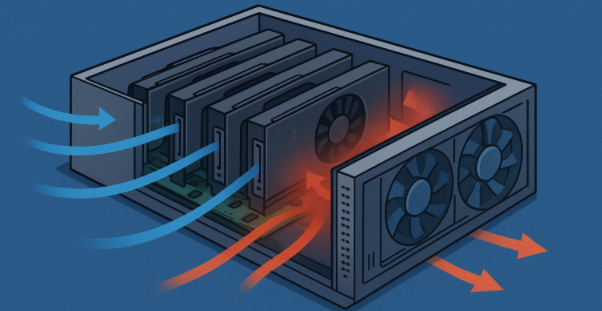
If you’ve ever heard a server roar like a jet mid-training run, you already know — heat is the real boss of performance. Every watt of power turns into heat, and every degree counts. You can add faster GPUs, stack more cores, or plug in a bigger PSU — but if your cooling can’t keep up, your performance throttles back. Quietly. Relentlessly.
Modern AI, rendering, and HPC workloads don’t just push silicon — they flood it with heat. That’s why today’s real engineering frontier isn’t about adding power — it’s about controlling temperature. At ONECHASSIS, we’ve seen this shift across hundreds of high-density deployments: the next big leap in performance starts not with chips, but with smarter airflow.
When Power Becomes the Problem
In one AI training lab, an eight-GPU cluster hit a wall just hours into operation. Specs were solid — top-tier GPUs, dual 3000W PSUs — yet performance fell 20%.
The reason wasn’t bad code. It was trapped heat.
Even a 10–15°C difference can turn a 6-hour job into an 8-hour wait. Traditional server cases weren’t designed for dense, multi-GPU loads — air collides, hot spots form around PCIe slots and PSUs, and thermal throttling sneaks in.
So the real question changed — from “How fast can we compute?” to “How cool can we stay?”
Smart Airflow: The Brain Behind the Fans
Thermal engineering used to mean “add more fans.” Now, it’s about making airflow intelligent.
Smart systems use sensors to monitor temperature in real time and adjust fan curves dynamically — boosting only when needed.
At ONECHASSIS, our zone-based cooling design isolates the airflow of CPUs, GPUs, and PSUs. Each zone operates independently, cutting cross-heat contamination and wasted power.
Design Type | Avg. Temp Drop | Energy Saving | Noise Level |
Legacy (single flow) | — | — | 65 dB |
Smart zoning | ↓12% | ↓8% | 52 dB |
You don’t need more air — you need smarter air. That’s the heart of modern thermal design: the case itself becomes an active cooling component.
Engineering Air Like a Circuit
For decades, server cases were just metal shells. Now, engineers treat them like aerodynamic systems.
At ONECHASSIS, our design team models airflow as if it were an electrical circuit — every vent, bend, and baffle adds resistance. Reducing that resistance means better stability and lower noise.
Take our latest 5U GPU chassis as an example. By refining vent placement and internal partition geometry, we reduced stagnant heat zones by 15%, dropped GPU temperatures by 12°C, and cut system noise by 10 dB — without adding a single fan.
In high-power AI or rendering systems, those small deltas add up to massive gains in reliability. A well-engineered chassis doesn’t just keep components cool — it keeps performance consistent, 24/7.
Cooler Systems, Greener Data Centers
Every watt wasted on inefficient cooling is a watt stolen from computation. That’s why data centers now obsess over PUE (Power Usage Effectiveness) — the lower, the better.
Global data centers average around 1.58 PUE. With smarter thermal designs, some now reach 1.2 or below.
Our own internal testing showed that cutting fan RPM by just 10% saved ~170 kWh per chassis per year, roughly enough to run a high-end workstation for four months.
Multiply that by a thousand servers — and you’ve turned airflow management into a sustainability strategy. Better cooling isn’t just greener; it’s smarter business.
From Fighting Heat to Working With It
The real revolution isn’t mechanical — it’s mental. Thermal design used to be an afterthought, fixed after prototypes overheated. Now, it’s part of the blueprint from day one.
At ONECHASSIS, our engineers simulate airflow just like circuits or stress models. One of them summed it up best:
“We stopped fighting heat — we started working with it.”
This mindset shift defines the future of server innovation. By understanding heat instead of resisting it, we design systems that run cooler, quieter, and longer.
Cool Is the New Fast
Every new ONECHASSIS server case begins with one core question: How can we make performance sustainable — and heat our ally, not our enemy?
From GPU-heavy AI clusters to edge and rendering workloads, our thermal-first designs turn airflow into a measurable performance gain.
Because the next wave of computing power doesn’t just come from faster chips — it comes from how you move air.

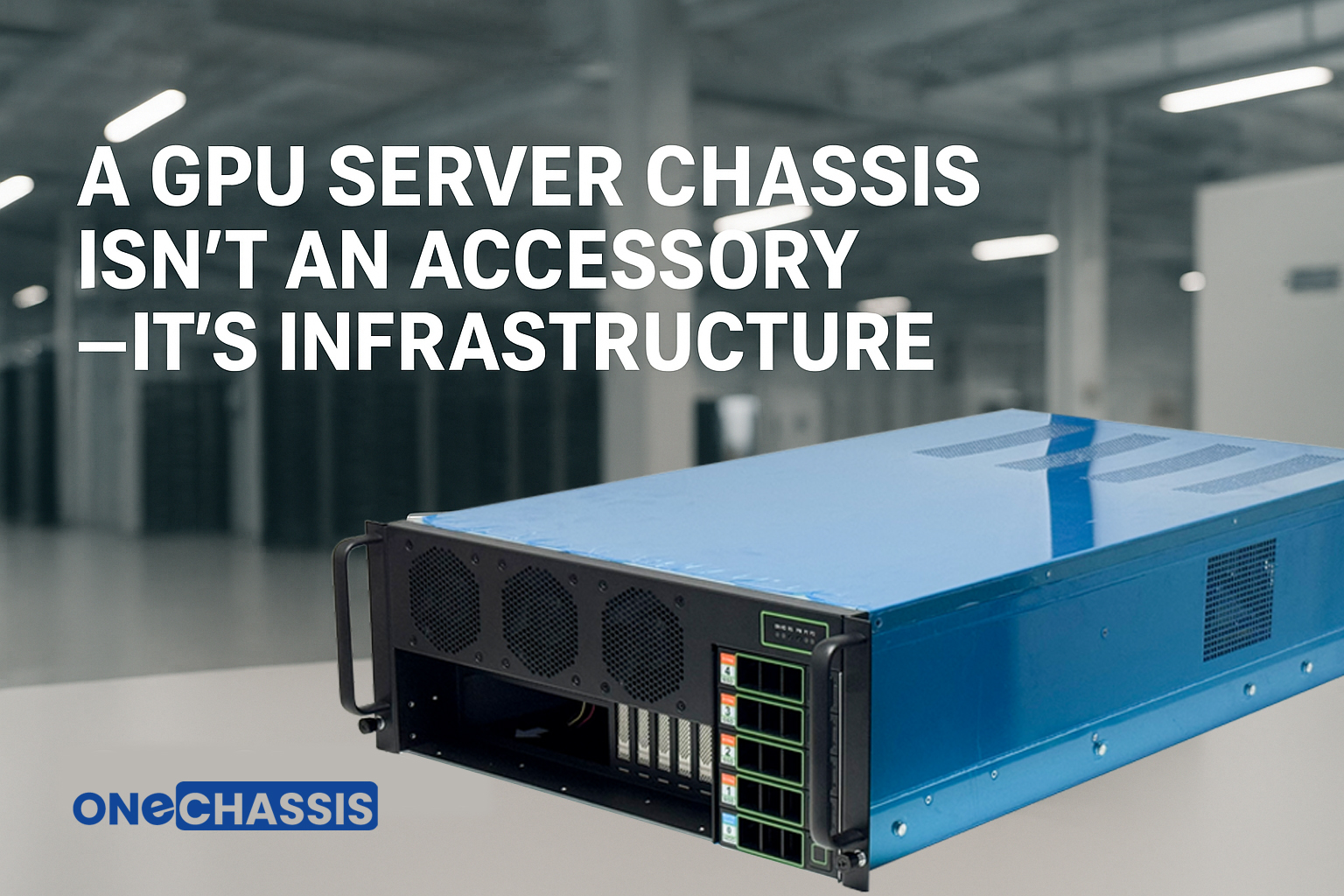 GPU Server Chassis: The Backbone Behind Real Compute Power
GPU Server Chassis: The Backbone Behind Real Compute Power
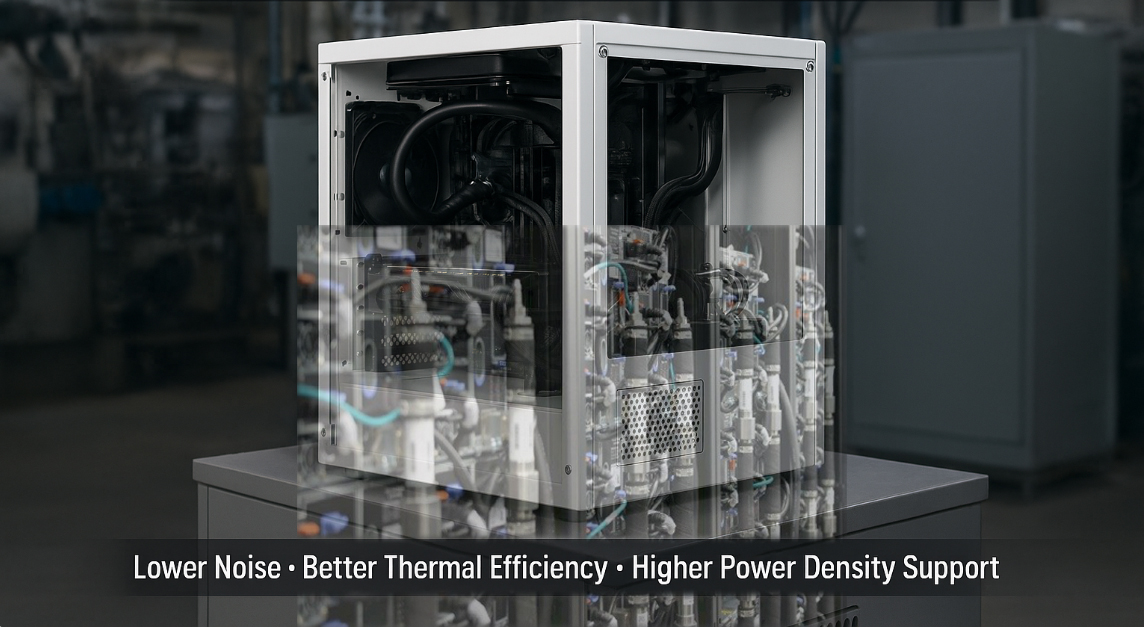 Inevitable Liquid-Cooled System
Inevitable Liquid-Cooled System
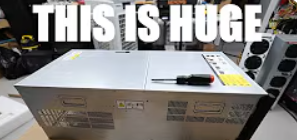 "INSANE 7U GPU Server! 8x RTX 5090 Build for AI & GPU Rentals"
"INSANE 7U GPU Server! 8x RTX 5090 Build for AI & GPU Rentals"
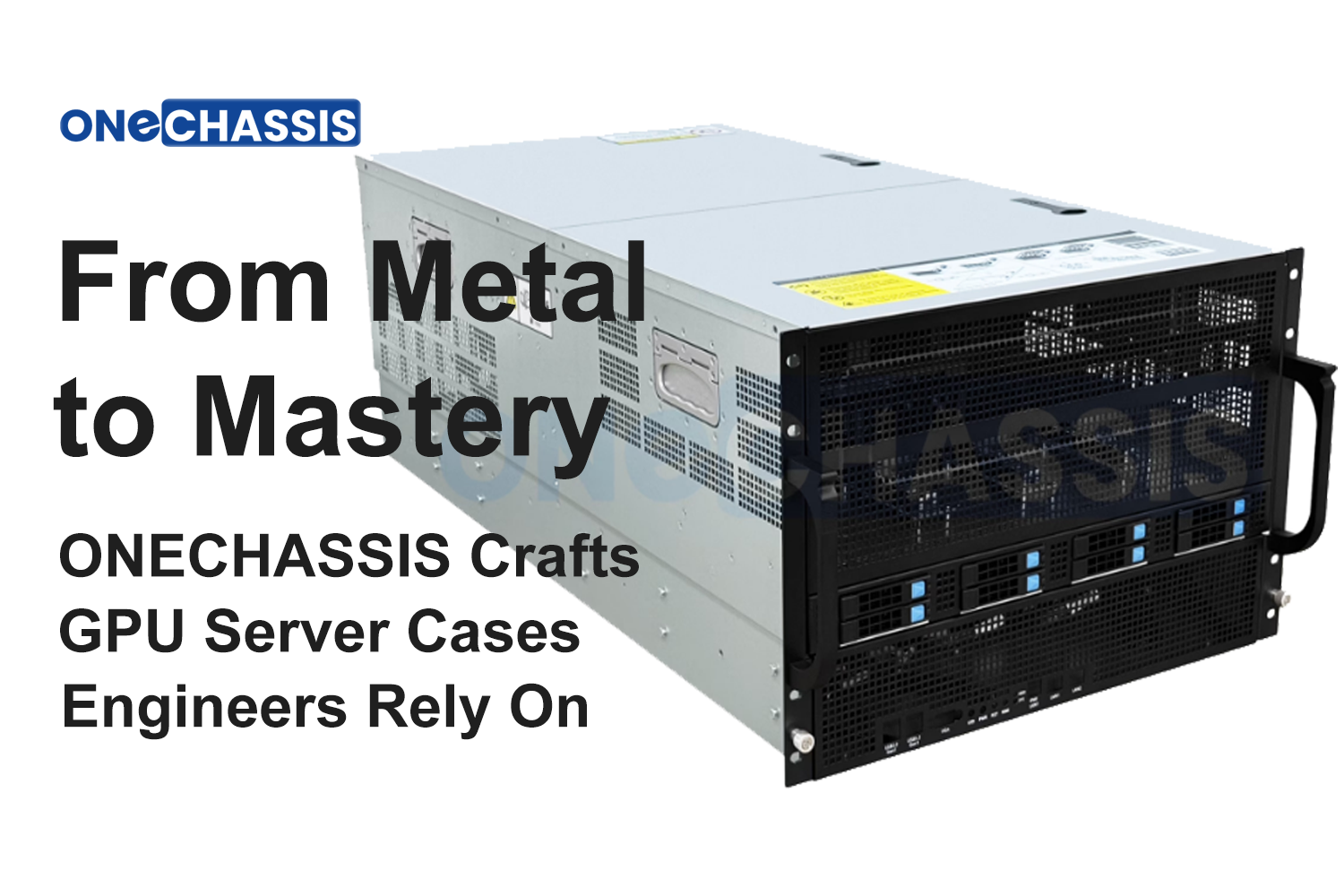 From Sheet Metal to Stability: How ONECHASSIS Crafts GPU Server Cases Engineers Rely On
From Sheet Metal to Stability: How ONECHASSIS Crafts GPU Server Cases Engineers Rely On

